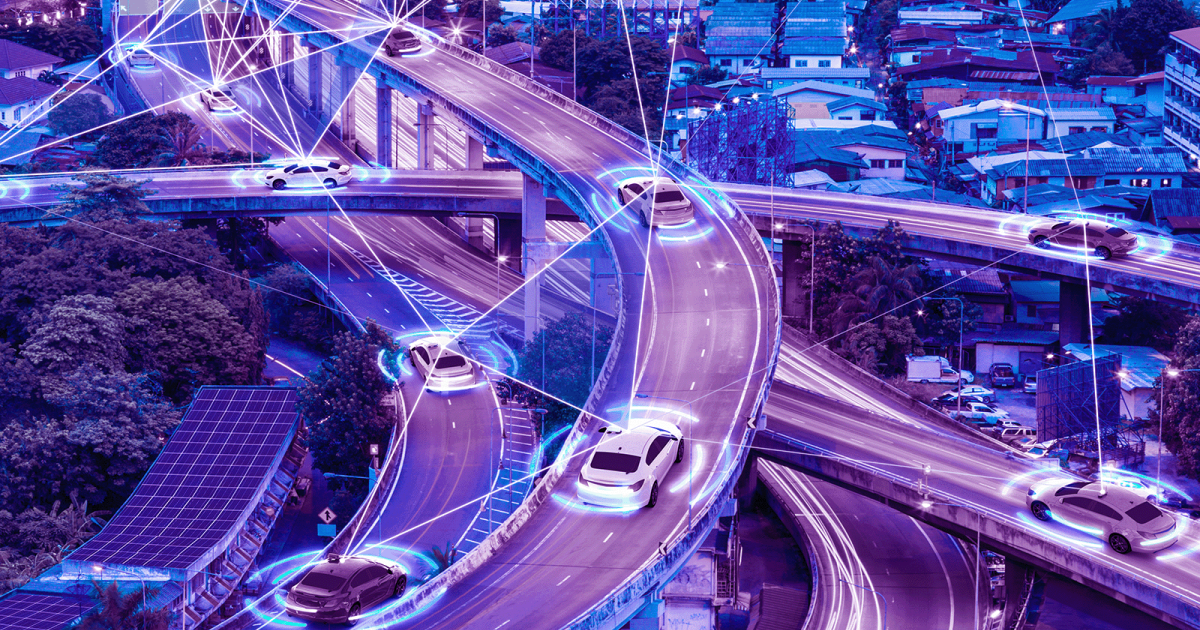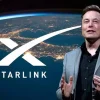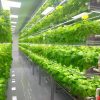The transportation industry stands at the precipice of its most dramatic transformation in over a century. As we navigate through 2025, the convergence of artificial intelligence, electric propulsion, and connectivity technologies is fundamentally reshaping how people and goods move across the globe. This revolution extends far beyond simple vehicle upgrades – it represents a complete reimagining of mobility itself.
The driving forces behind this transformation are multifaceted and interconnected. Autonomous electric vehicles (A-EVs) are emerging as the cornerstone of future transportation, while Transport-as-a-Service (TaaS) models promise to make individual vehicle ownership obsolete. Meanwhile, sustainability concerns are accelerating the shift away from fossil fuels, with patent applications for traditional combustion engines plateauing while innovations in clean transport technologies surge forward.
The economic implications are staggering. Industry analysts project that autonomous driving alone could generate between $300-billion to $400-billion in revenue by 2035, with software driving autonomous vehicles potentially achieving profit margins exceeding 15%. This isn’t just about technological advancement – it’s about creating entirely new economic ecosystems that prioritize efficiency, sustainability, and accessibility.
The transformation is already underway, with Level 4 autonomy taking center stage in logistics and commercial activities as regulatory frameworks evolve to accommodate these innovations. Cities worldwide are becoming testing grounds for technologies that will define the next decade of human mobility, from delivery robots urban environments to autonomous ships optimizing maritime routes using AI-powered weather and current data.
Autonomous Vehicles and AI Integration
The autonomous vehicle revolution is accelerating rapidly, with Level 4 autonomy expected to dominate logistics and commercial transportation by 2025. These self-driving systems, powered by advanced AI algorithms, are transforming everything from urban delivery services to long-haul shipping.
Current pilot projects demonstrate the technology’s maturity. The UK government’s Future of Mobility fund has already launched three significant autonomous vehicle trials, including DRIVEN, which conducts fully autonomous journeys between Oxford and London, and RoboPilot, which focuses on electric delivery vans that could be adapted for buses and larger trucks. In the United States, Ford, Argo AI, and Walmart are collaborating on autonomous delivery services across Austin, Miami, and Washington, showcasing the commercial viability of these systems.

The impact extends beyond land transportation. Autonomous ships are expected to cross seas in the near future, using AI to calculate optimized routes and maximize speed by leveraging weather and sea current data. This maritime automation could represent the biggest advancement in commercial shipping since containerization.
Electric Propulsion and Sustainable Transportation
The shift toward electric mobility is accelerating at an unprecedented pace. By 2035, experts predict that 90% of cars will be driverless and electric, marking the end of the internal combustion engine era. This transition is driven by four key technology clusters identified by the World Intellectual Property Organization: Sustainable Propulsion, Automation and Circularity, Communication and Security, and Human-Machine Interface.
Sustainable Propulsion technologies focus on reducing environmental impact through electric propulsion, hydrogen fuel cells, and alternative energy sources. These innovations are critical to achieving lower emissions and creating a more sustainable transportation future. The technology shift is evident in patent trends, where applications for traditional combustion engines have plateaued while sustainable transport innovations accelerate.
Transport-as-a-Service Revolution
Perhaps the most disruptive change will be the emergence of Transport-as-a-Service (TaaS) models. This system promises to provide 95% of passenger miles traveled within 10 years of regulatory approval, offering transportation that is four to ten times cheaper per mile than buying a new car.
The TaaS model will fundamentally alter vehicle ownership patterns. As autonomous technology removes labor costs from ride services, the cost-per-mile could become 10 times cheaper than privately-owned vehicles today. This economic advantage will likely drive most people to abandon vehicle ownership entirely, instead accessing transportation on-demand through fleet-operated autonomous vehicles.
Smart Infrastructure and Connectivity
The future of transportation relies heavily on Communication and Security technologies, including lidar sensors, 5G networks, and connected vehicle systems. These innovations enable real-time data exchange crucial for autonomous driving, smart traffic management, and enhanced safety.
Central AI software may soon control entire urban traffic systems, directing traffic flow to eliminate congestion and road accidents. This integration of transportation systems with data and technology – the Smart Cities approach – enables real-time monitoring, traffic flow optimization, and better transportation planning.
The next decade will witness transportation’s complete transformation from a fossil fuel-dependent, human-operated system to an electric, autonomous, and service-based ecosystem that prioritizes sustainability, efficiency, and accessibility for all.




